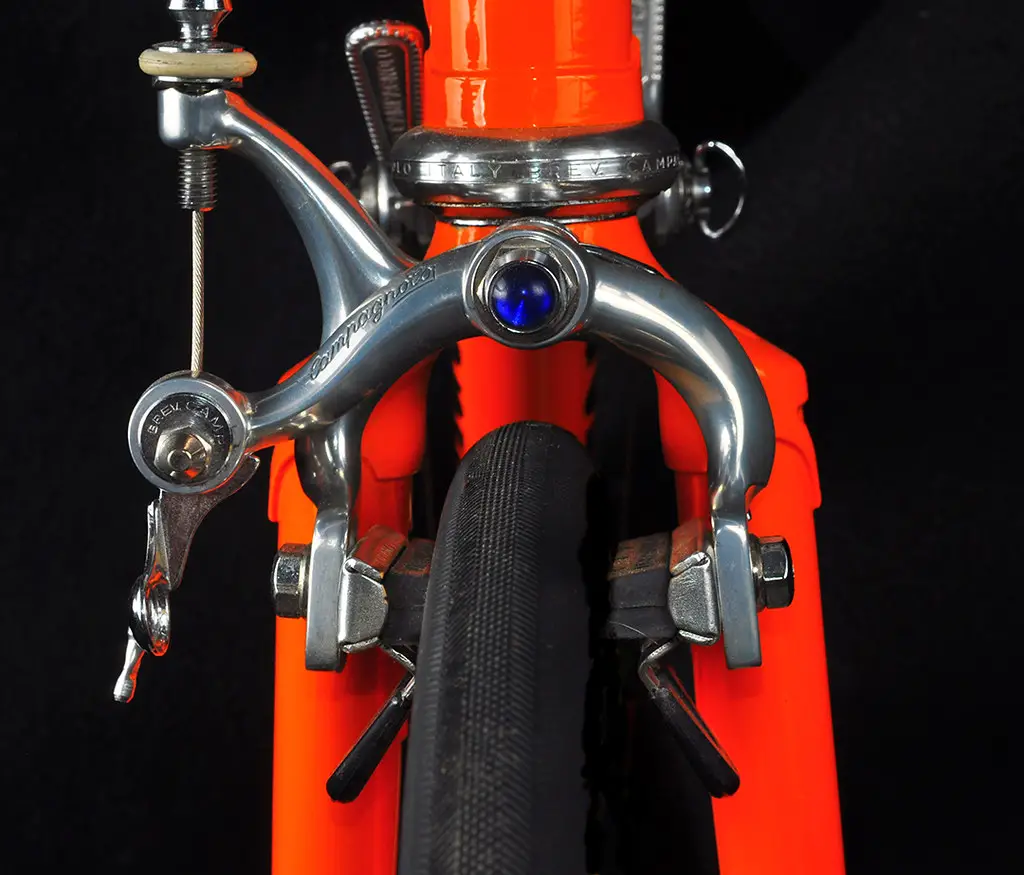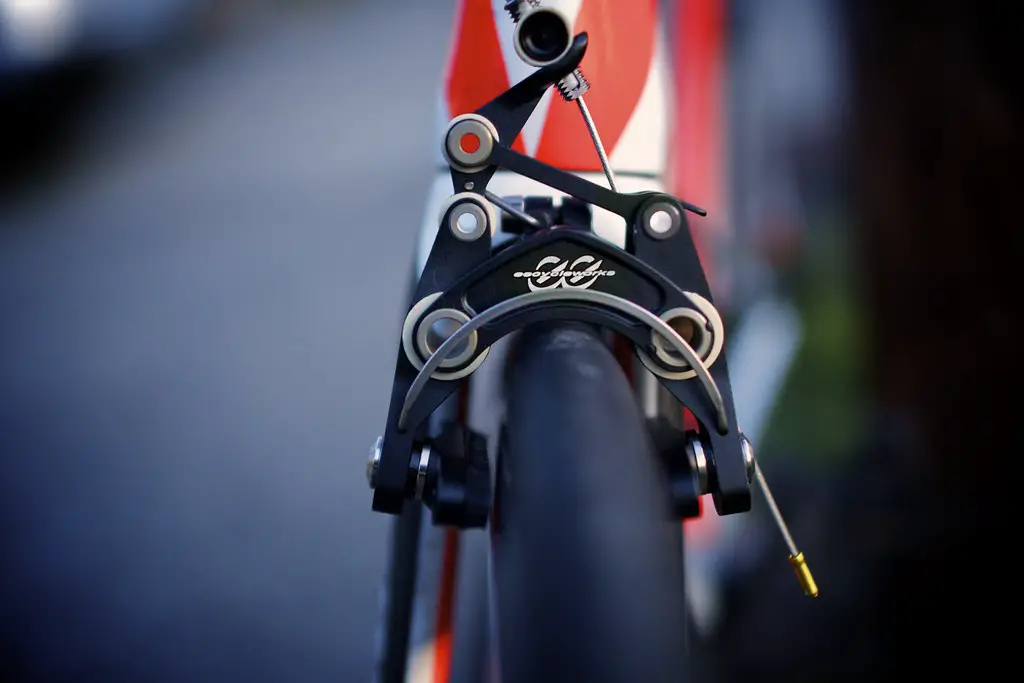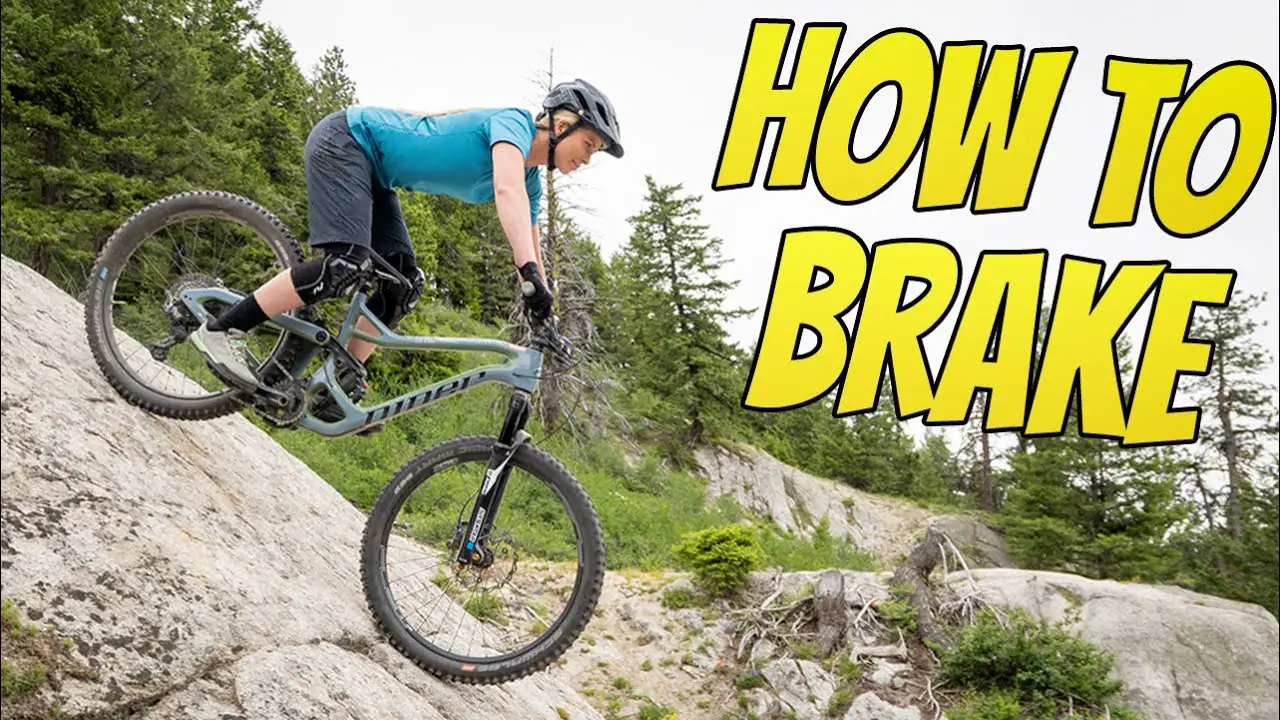Braking Techniques for Mountain Bikers: When to Brake and How to Modulate
For avid mountain bikers, the dance between speed and control is an exhilarating yet delicate balance. The art of braking can mean the difference between a thrilling descent and a dangerous tumble. In such a high-adrenaline sport, where milliseconds and micro-adjustments matter, understanding when to apply brakes and how to modulate them is crucial for both safety and performance.
In this comprehensive guide, we’ll deep-dive into braking techniques specifically tailored for mountain biking, offering insights on timing, modulating force under different trail conditions, and practice drills to refine your skills. Whether you’re navigating steep descents, winding through tight corners, or hurdling over obstacles, mastery of braking can transform your off-road adventures.

When to Brake
Descending
Braking on descents is a balance act between controlling your speed and maintaining grip. The general advice is to brake before turns and not in them, as braking mid-turn can cause loss of traction and control. For steep straightaways, a regular application of your brakes may be necessary to maintain a safe speed.
One advanced technique is to “pulse” your brakes by applying them firmly for a moment, then releasing, then reapplying. This allows you to adjust your speed more precisely and also prevents overheating your brake pads, which can lead to diminished stopping power.
Cornering
Cornering is arguably the most technical terrain where braking strategy is a make-or-break factor. Before entering a corner, you need to scrub enough speed to carry you through safely without needing to brake inside. This can often mean braking more aggressively in the run-up to a corner, then releasing the brakes before you start turning.
The amount of braking will depend on various factors like the sharpness of the turn, the trail surface, and your own comfort level. Some riders advocate slightly feathering the brakes throughout the turn for traction, but this can be a double-edged sword and should be practiced cautiously.
Obstacles
When encountering trail features like rocks, roots, or jumps, your braking technique needs to adapt quickly. For smaller obstacles, a controlled squeeze on the brakes just before impact can reduce your speed without causing skidding or losing momentum.
Larger obstacles may require more aggressive braking, but always aim to have your wheels make contact with the obstacle straight and level, not while turning, which can increase the risk of a fall.

How to Modulate Braking
Feathering
Feathering your brakes involves lightly tapping them to maintain or slightly reduce speed. This technique is incredibly important for maintaining control and riding fluently over uneven terrain. It’s about feeling the bike and the trail’s feedback and making micro-corrections, all the while finding the balance between slowing down and moving forward.
Front and Rear Brakes
Understanding the role of your front and rear brakes is fundamental. The front brake is your most powerful tool for slowing down, but it can also cause an over-the-bars crash if used too aggressively. The rear brake provides stability and control, especially in slippery conditions.
For most braking scenarios, a combination of both brakes, with slightly more pressure on the rear, provides the best stopping power without sacrificing control.
Trail Conditions
Each trail presents its own set of braking challenges. Dry, loose terrain requires a more subtle approach to prevent skidding, while wet and muddy trails call for reduced speeds and further anticipatory braking. Snow and ice demand the gentlest braking inputs to avoid sudden loss of traction.
Adjusting your braking technique to the specific trail conditions means staying vigilant and being prepared to adapt quickly. Developing this adaptability is an ongoing process, and seasoned riders are constantly refining their approach.
Practice Tips
Drills for Braking Technique
- Practice emergency stop drills in a safe environment. Start with cones set up a good distance apart and work on stopping within a shorter distance over time.
- Use inclines to practice controlling your speed during descents. Start with gentle slopes and gradually work up to steeper terrains as your confidence grows.
- Find a flat dirt track and mark braking points with sand. Aim to consistently stop in the same spot by controlling your speed and timing your braking.
Seeking Feedback and Guidance
Mountain biking is as much a social sport as it is a solitary one. Riding with more experienced friends or joining group sessions can provide valuable feedback on your braking technique.
Experienced riders can point out strategies and adjustments you might not notice on your own. They can also provide insight into local trails and how to adapt your braking technique to their unique challenges.
Gradual Progression and Continued Practice
Becoming proficient at braking is not something that happens overnight. It’s about constantly pushing your boundaries in a safe and controlled manner.
Starting with smaller features and less technical trails, you can gradually build confidence and skill. Focus on one aspect of braking at a time – whether it’s corner entry or braking power – and slowly introduce more complex scenarios as you become more comfortable.
Conclusion
Mastering the intricacies of mountain biking braking techniques is a continuous learning process filled with adrenaline and the sweet satisfaction of overcoming challenges. By understanding when to brake and how to modulate effectively, you’ll not only enhance your riding experience but also improve safety for yourself and those sharing the trails with you.
Remember, practice makes better and not perfect. Each time you hit the trails, whether on a casual ride or for some dedicated training, pay attention to your braking and how it affects your overall performance. With time and experience, you’ll find yourself seamlessly transitioning from the brake lever to the throttle with unmatched precision and grace. Happy trails, bikers!






